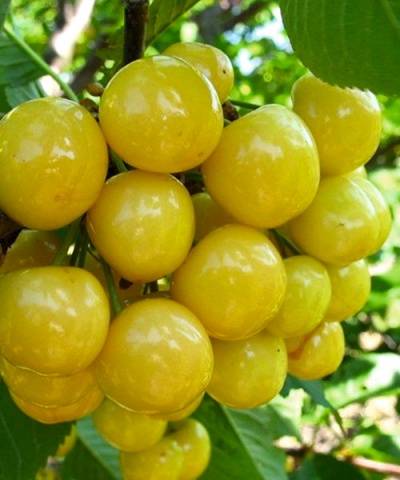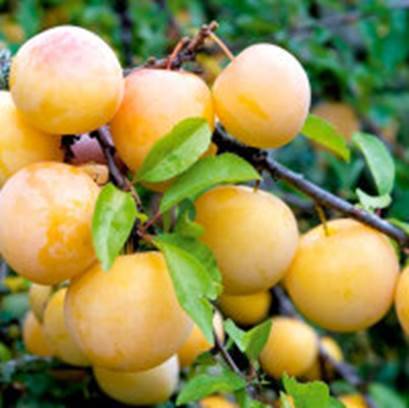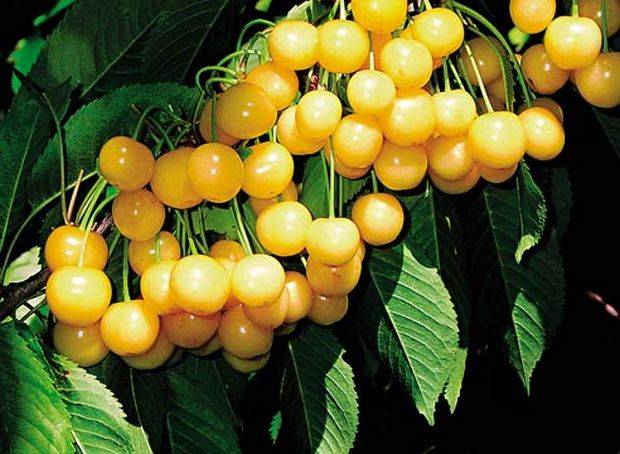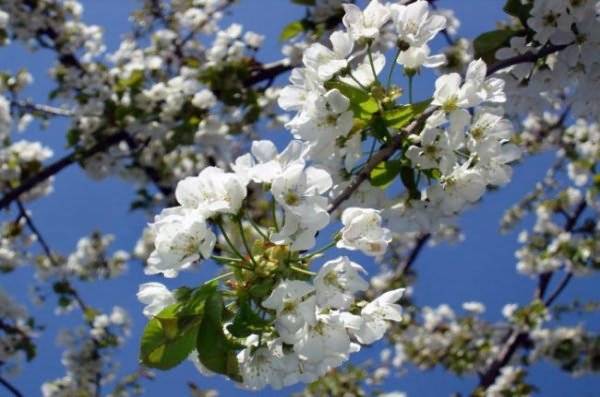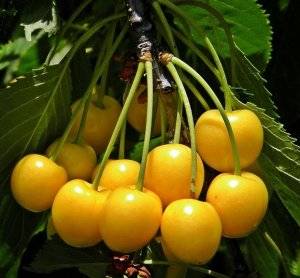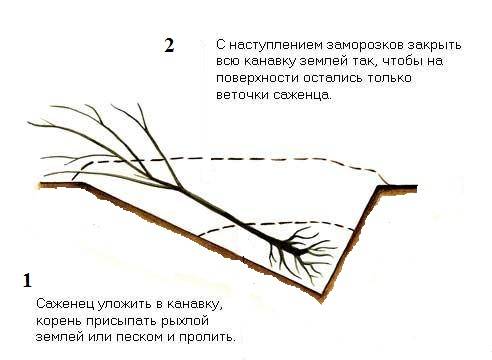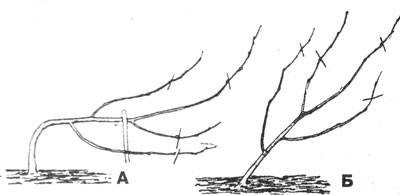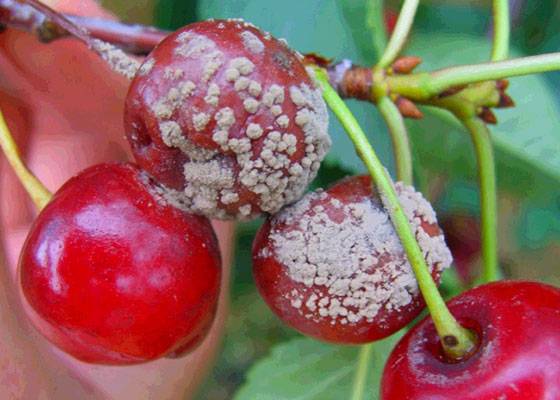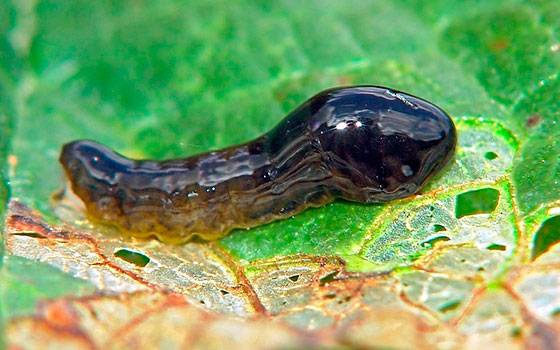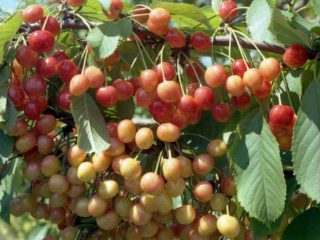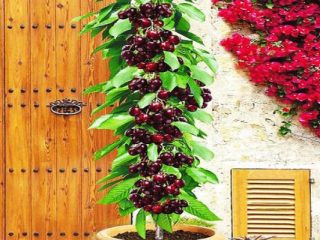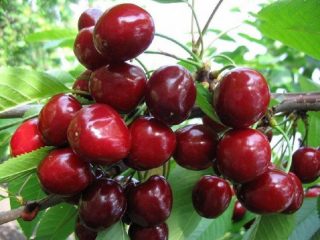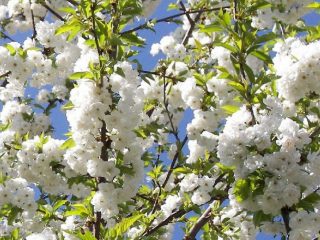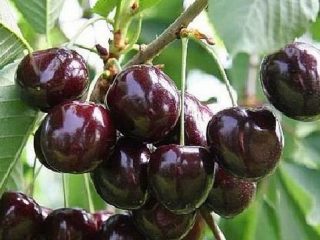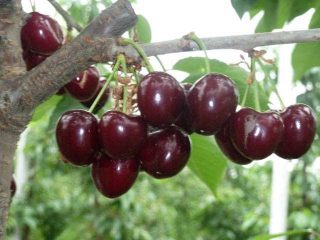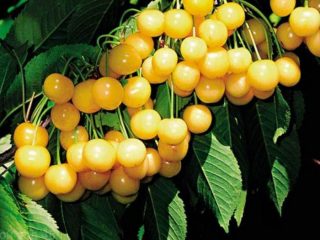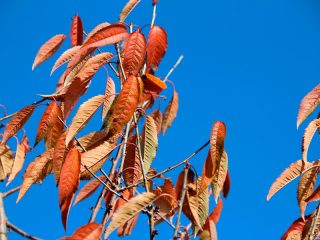Content
Cherry is a traditionally southern crop. Thanks to the work of breeders, it is gradually moving north. But most varieties are designed for growing in conditions of warm summers and slight winter frosts. The cherry varieties, united by the name Rossoshanskaya, belong to this category. The Rossoshanskaya Golden cherry stands out especially: a description of the variety, photos, reviews about it will be given below.
History of selection
The name Rossoshanskaya hides not one, but three varieties at once. All of them were bred at the Rossoshan experimental station, which is located in the vicinity of Voronezh, that is, in the central black earth region. The originator of the cherry varieties called Rossoshanskaya is the breeder Voronchikhina A.Ya.
They are not currently included in the State Register, but were previously there.These varieties are very popular among gardeners in Ukraine and the southern regions of Russia for their undoubted advantages, as evidenced by reviews of Rossoshanskaya black, large and golden cherries. Let us give a description of the Rossoshanskaya cherry for each species.
Description of culture
The common name unites trees that are dissimilar in appearance of fruits and varietal characteristics.
Rossoshanskaya large
The description of the large Rossoshanskaya cherry variety should start with the fruits. Its berries are really large, reaching a mass of 6.7 g. Their shape is round - oval, slightly flattened on the sides, the color is very beautiful, rich dark burgundy.
The crown of the large Rossoshanskaya tree has medium density, a pyramidal shape with vertically growing branches. This variety is excellent for growing in small garden plots, since the tree is compact and short in stature - no more than 4 m. During flowering, the large Rossoshanskaya cherry is very decorative due to its large snow-white flowers.
The variety is intended for cultivation in the North Caucasus region.
Rossoshanskaya black
Not every variety can boast of such dark berries as black Rossoshanskaya cherries. They really are almost black with a barely noticeable burgundy tint. Large round berries have a very small seed and dense pulp. If they are fully ripe, it is easy to tear them off from the stalk - the tearing is dry, the stone also comes off easily.
Photo of black Rossoshanskaya cherry:
According to the description of the Rossoshanskaya black cherry variety, the low tree does not grow higher than 3 m. It is easy to care for and the berries are easy to pick.The neat crown has the shape of a pyramid. The foliage is strong, especially on young shoots.
Reviews about the black Rossoshanskaya cherry say that it produces an excellent harvest in the North Caucasus, Central Black Earth and Lower Volga regions, where it is zoned. There it is grown not only in home gardens, but also industrially.
Rossoshanskaya gold
Let’s begin the description of the Rossoshanskaya Golden cherry variety with the fact that it fully justifies its name. The sunny, fleshy berries weigh up to 7 g. The description of the Golden cherry says that a tree illuminated by the sun all day produces berries with a pinkish tint. Photo of golden cherries.
The fruits are heart-shaped, slightly flattened on the sides. This variety is one of the ten most delicious and sought after. Reviews of the Golden Rossoshanskaya cherry are usually enthusiastic, and for good reason: a tasting score of 5 points is an excellent characteristic of the berries. The barely noticeable sourness and honey tint in the taste make it unlike berries of other varieties; this is always noted in the description of the Golden cherry variety. Among the cherries there are not many trees with yellow fruits, but even against their background it compares favorably, which is confirmed by the description of the Rossoshanskaya yellow cherry variety. The fruits are well transported, since the pulp has a dense structure and a dry separation from the stalk.
The description of the Rossoshanskaya Golden variety will be incomplete without mentioning the dimensions of the tree. For small gardens, it is very convenient that it has a low growth force - no more than 3 m. Like other varieties in this series, the crown is pyramidal, moderately leafy.
Photo of golden cherries:
Video about the Rossoshanskaya golden cherry:
Characteristics
The characteristics of the Rossoshanskaya cherry variety will fully show the characteristics of each variety and their suitability for growing in the garden.
Drought resistance, winter hardiness
Cherry does not like stagnant water; it will prefer drought to it. All cherry varieties from the Rossoshanskaya series, except Zolotaya, have such drought resistance. It is demanding on moisture content, but its excess is harmful to it. Rossoshanskaya black tolerates high temperatures well without damaging the crop.
The frost resistance of Golden cherries is at an average level: due to early flowering, in the middle zone it inevitably falls under return frosts. In this case, there will be no harvest. But in the south it is fenced off from them. Krupnaya and Chernaya have higher frost resistance, but to the north of the Chernozem region, flower buds may freeze slightly in frosty winters. Frost marks on the bark are also observed.
Pollination, flowering period and ripening time
Rossoshanskaya golden blooms already in April, and ripens at the end of June, which is an average period for the southern regions. This tree is self-sterile, so there must be other varieties nearby, for example, the Ovstuzhenka cherry or the cherry-cherry hybrid Miracle Cherry. These are the best pollinators for the Rossoshanskaya golden cherry.
Rossoshanskaya black blooms in May and ripens later - in mid-July. The variety is partially self-fertile, but in the presence of pollinators it produces greater yields.
Rossoshanskaya large ripens at a later date, is partially self-fertile and bears fruit better in the vicinity of other cherries.
Productivity, fruiting
Already in the fourth or fifth year, depending on care, the trees begin to bear the first berries. Subsequently, the yield is constantly growing and reaches 25 kg per mature tree for the Rossoshanskaya large and Rossoshanskaya black varieties, which is quite a lot, considering their height. Zolotaya Rossoshanskaya's yield is average, but this deficiency is compensated by the excellent taste of the fruit.
Area of application of berries
All these varieties have a dessert taste, so most of the harvest is eaten fresh, the remainder is processed into compote or jam.
Resistance to diseases and pests
It is medium in the cherry varieties united under the name Rossoshanskaya. Therefore, preventative treatments will be needed.
Advantages and disadvantages
The Rossoshanskaya golden, large, and black cherry varieties have good consumer qualities. Let's look at their advantages and disadvantages using the example of the Rossoshanskaya golden cherry. For convenience, we summarize them in a table.
Advantages | Flaws |
Great taste | Average frost resistance |
Good transportability | Average yield |
Stable fruiting | Self-sterility |
Compact tree dimensions | Average resistance to diseases and pests |
Black and Large have better winter hardiness compared to Golden, and disease resistance is also higher.
Landing Features
Like every fruit crop, the Golden Rossoshanskaya cherry has its own growing characteristics. These must be taken into account so that trees can reach their full potential.
Recommended timing
A special feature of the Rossoshanskaya Golden cherry variety is its large annual growth.In a young tree, they may not ripen before the onset of winter and will eventually freeze, so autumn planting of these trees is not very advisable. In spring they are planted immediately after the soil warms up.
Autumn planting is possible only after the end of leaf fall, provided that there is at least another month before the onset of frost so that the tree has time to take root.
Choosing a suitable location
To plant Rossoshanskaya yellow cherries, choose an elevated place without stagnant cold air. It must meet the following conditions:
- be protected from cold winds;
- be illuminated throughout the day;
- the groundwater level should be low;
- Water should not accumulate or stagnate there;
- loose, well-structured soils are preferred; loams or sandy loams with a neutral reaction are suitable.
Places where cold air accumulates are not suitable for growing Rossoshanskaya golden cherries; in winter, the temperature there is several degrees lower, which causes frosting of the shoots.
What crops can and cannot be planted next to cherries?
The Rossoshanskaya golden cherry is quite picky about its neighbors. It is best for it to grow next to cherry plum or plum. The cherry tree as a neighbor does not suit the cherry tree, just like the apple tree. But it gets along well with any berry bushes.
Selection and preparation of planting material
The largest assortment of cherry seedlings on sale occurs in the fall, when the time for planting them is not considered favorable. At this time, you can choose a high-quality Golden Cherry tree; it can safely overwinter buried, waiting for spring planting.
What criteria must the seedling meet:
- he must be vaccinated - the place of vaccination is clearly visible.Warning! Seedlings propagated from seeds do not always repeat the parental characteristics.
- the presence of a powerful root system: - from 2 to 4 branched shoots and a good root lobe;
- the roots should have a whitish-green color and elastic state;
- shoots are easy to bend, and the bark on them does not peel off.
Landing algorithm
If the soil does not meet the requirements for growing cherries, it needs to be improved by adding sand and clay. For every sq. m contribute:
- up to 10 kg of rotted organic matter;
- up to 200 g of complete mineral fertilizer.
If the soil is acidic, lime it in the season preceding planting.
It is carried out as follows:
- prepare a pit with a depth of up to 60 cm and a diameter of up to 80;
- drive a stake into the hole - the tree will be tied to it after planting.Advice! During the preparation process, the top layer of soil 25 cm high must be set aside.
- mix it with 15 kg of well-ripened humus;
- from mineral fertilizers use 60 g of potassium sulfate (can be replaced with 300 g of ash) and 120 g of superphosphate;
- 2/3 of the potassium and phosphorus fertilizers should be placed at the bottom of the hole and sealed by loosening, the rest is mixed with a portion of fertile soil, and a mound is formed from it at about 1/3 of the height of the hole;
- the seedling is placed on it, carefully spreading the roots to the sides, and covered with prepared soil;
- when they are half covered with earth, a bucket of water is poured into the hole.
You need to carefully monitor the position of the root collar. It should not be buried in the soil. It is better if the root collar protrudes above it by a couple of centimeters. After the soil settles, it will be located at the desired level.
The tree is watered, compacting the soil before doing so. A roller around the tree trunk will help the water not to spread. Lay a thin layer of peat or humus to retain moisture in the soil longer. A mandatory operation is tying up the seedling and shortening the central and side shoots by about 1/3.
Subsequent care of the crop
Cherry is sensitive to the presence of moisture in the soil. It is optimal to organize drip irrigation for it and mulch the tree trunk circle with mowed grass.
The tree needs to be fed with nitrogen fertilizers in the spring. In early July they feed with complex fertilizers, and in September with phosphorus and potassium fertilizers.
This culture grows very quickly, sometimes the annual growth can be up to one meter, so constant formation is necessary.
To reduce the height of a mature tree, the central conductor is removed at the beginning of fruiting. After thinning the crown, the cherry tree should have a sparse tiered appearance, with three skeletal branches located in each of the tiers. There should be 50 cm from one tier to another.Annual growths are pruned especially carefully, since flower buds are located at their base.
If Rossoshanskaya golden cherries are grown in areas with cold winters, in the first 3-4 years of life the tree is carefully protected from frost, wrapped in spruce branches and non-woven covering material. For the winter, the root zone must be mulched with a layer of humus. In autumn, trees are whitewashed with lime mortar to which a fungicide has been added. The young stem is protected from rodents using a special mesh. Trees that received moisture-recharging irrigation in the fall will withstand winter frosts much better.
Diseases and pests, methods of control and prevention
Golden Rossoshanskaya cherries are loved not only by people, but also by pests. With average resistance to fungal diseases, it requires mandatory preventive treatments against them. The main diseases of the Golden Rossoshanskaya cherry and measures to combat them can be summarized in a table.
Name | Manifestation | How to fight |
Brown and fruit rot | Brown spots on leaves and berries | Copper fungicides |
Clusterosporiasis | Spots and then holes on the leaves, which eventually fall off. The fruits dry out. | Preventively treated with copper-containing fungicides. Treat with Nitrafen, excluding the flowering period and 3 weeks before harvest |
Coccomycosis | Pink spots on the front side of the sheet and a pink coating on its underside | Triple treatment with Hom, Topaz: on a green cone, after flowering and harvesting |
Moniliosis | Shoots and leaves dry out, berries rot | Treatment with Nitrafen and Oleocuprite before and after flowering |
Anthracnose | Pink dots appear on the berries. They dry up | Three-time treatment with Polyram, the timing is the same as for coccomycosis |
Cherry moniliosis:
Of the pests on Rossoshanskaya golden cherries, you can most often notice various sawflies, from which Iskra-M and Piriton help.
Slimy sawfly:
Cherry and pear pipe rollers roll the leaves into a tube, then they dry out. They are fought with Carbophosphate.
For cherry weevil, which damages all green parts of the plant, use Karbofos or Intavir.
It also helps against cherry aphids. Cherry shoot moth and cherry fly are destroyed with the drug Iskra.
Conclusion
Rossoshanskaya yellow cherry is one of the best cherries in the entire world assortment. Gardeners love it for the excellent taste of its berries, despite the fact that it is quite demanding to grow. The Golden Rossoshanskaya cherry produces high yields in those regions where it is zoned. Those who like to experiment can grow it in the middle zone, forming it in the form of a bush.
